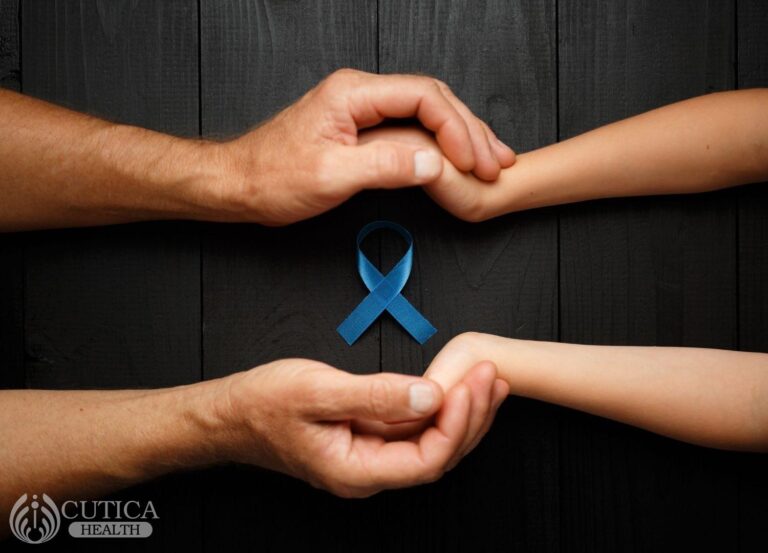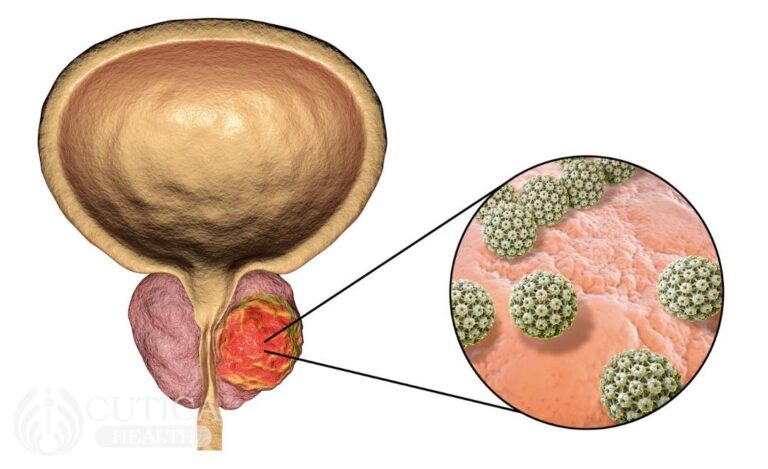Lung Cancer: Causes and Treatment
Nathan had never smoked a single stick of cigarette in his life. Yet, here he was, diagnosed with lung cancer. He explained that he was living with a roommate who was an avid smoker, and they had been staying together for five years.
He had gone to the clinic, hoping his unending cough, occasional breathlessness, and body pains were due to stress or the weather.
Lung cancer
According to the World Health Organization, lung cancer is one of the leading causes of cancer deaths, accounting for 10 million deaths globally in 2022. Lung cancer occurs when the cells in the lungs grow out of control. If untreated, lung cancer eventually spreads to other parts of the body.
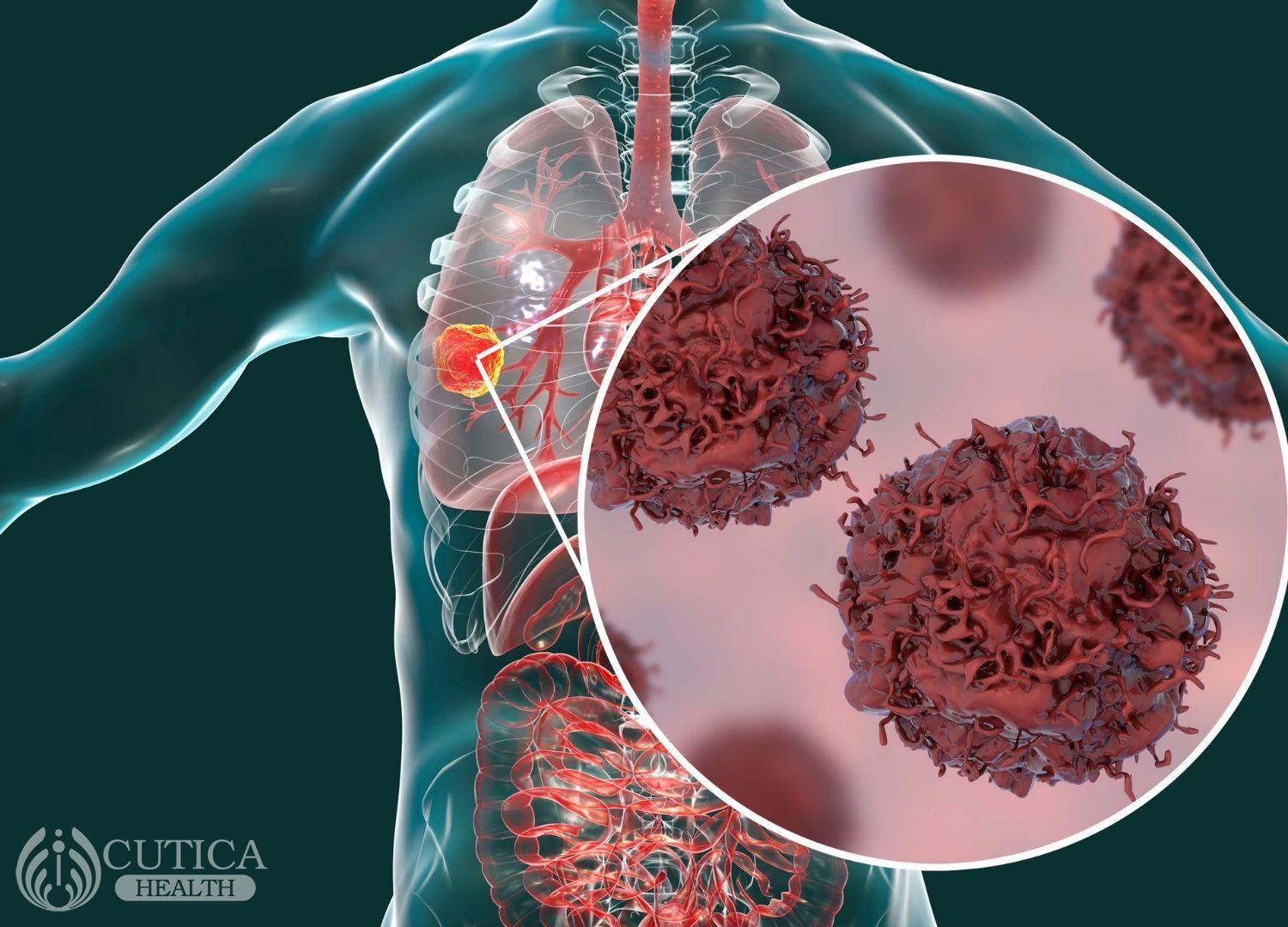
Symptoms of lung cancer
Symptoms of lung cancer may be subtle until it has affected a large portion of the lung. These are some of the known symptoms:
- Cough that wouldn’t go away. The person may cough up phlegm or blood.
- Chest pain that may worsen with deep breaths.
- Shortness of breath
- Unexplained weight loss.
If cancer has spread outside the lungs, additional symptoms will come from the affected part of the body such as back pain if it has spread to the backbone, and headache and convulsions if cancer has spread to the brain.
Causes of lung cancer
Cigarette smoking is the leading cause of lung cancer, causing about 90% of lung cancer cases. Interestingly, individuals who don't smoke but are regularly exposed to smokers also have a tendency of having lung cancer.

Other causes of lung cancer include but are not limited to:
1. Asbestos: Known for being heat and chemical-resistant, this previously popular component of building materials has been linked to lung cancer. Asbestos contains some microscopic fibers which could get lodged in the lungs when inhaled and eventually damage them.
2. Family history: Certain families have a higher chance of having lung cancer due to the passing down of abnormal genes from generation to generation.
Treatment
Early detection is of utmost importance as it is most treatable in the early stages.
Common treatments include chemotherapy, radiation therapy, surgery, targeted drug therapy, and immunotherapy.
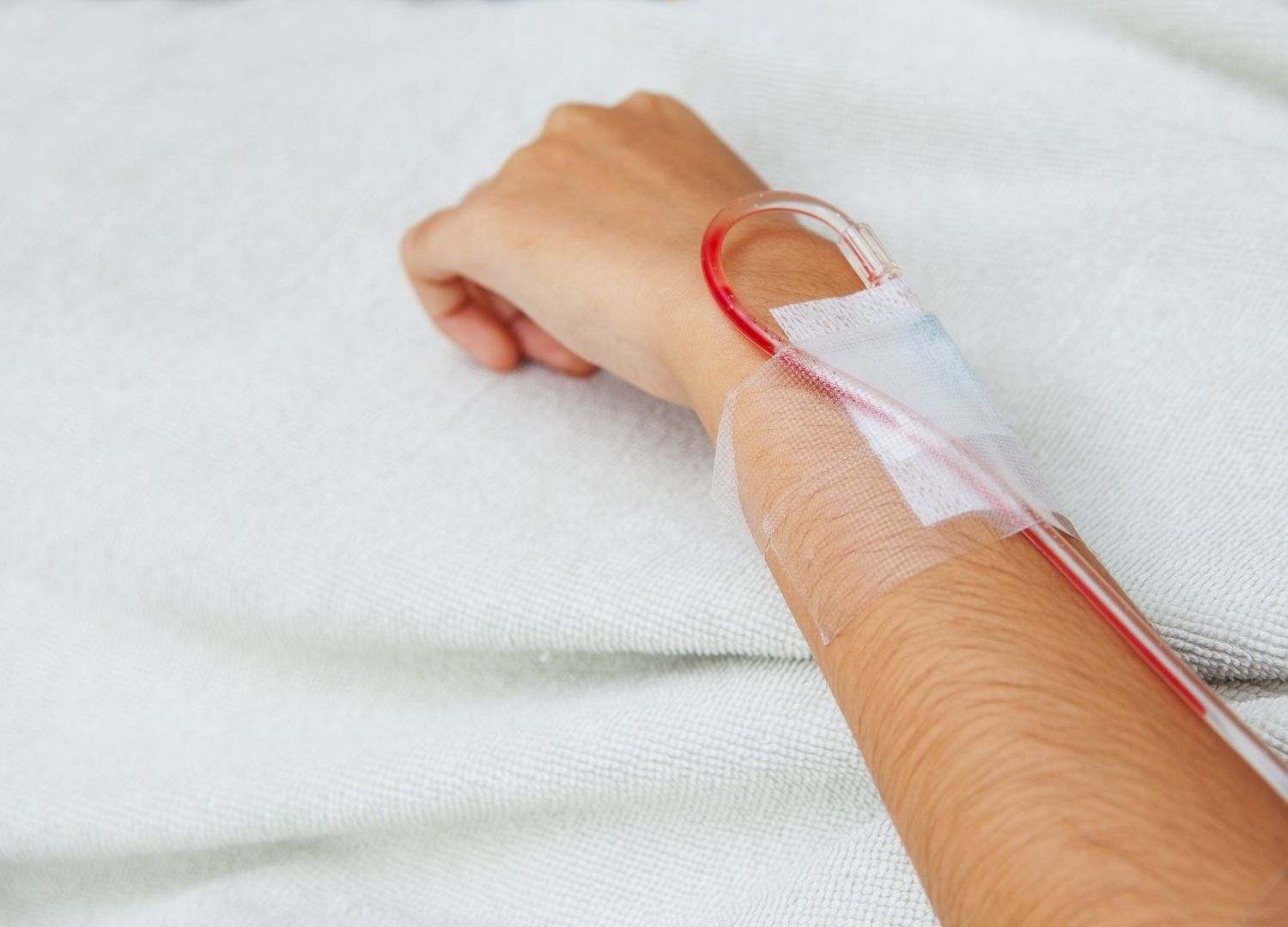
1. Surgery: This involves removal of part, or in rare cases, all of the lung that is affected by cancer. There are two main types of cancer called small-cell lung cancer and non-small-cell lung cancer. Surgery is mostly done in the latter type as it is insensitive to chemotherapy and radiation therapy.
2. Chemotherapy: This involves drugs that kill cancer cells. This treatment is mostly coupled with radiotherapy and is known to be effective in the treatment of small-cell lung cancer.
3. Radiation therapy/Radiotherapy: This treatment involves the use of radiation to kill cancer cells.
4. Targeted drug therapy and immunotherapy: Targeted drug therapy involves the use of drugs that target and aim to stop the uncontrolled growth of cancer cells whereas immunotherapy involves using drugs that stimulate the individual's immune system to target and kill cancer cells.
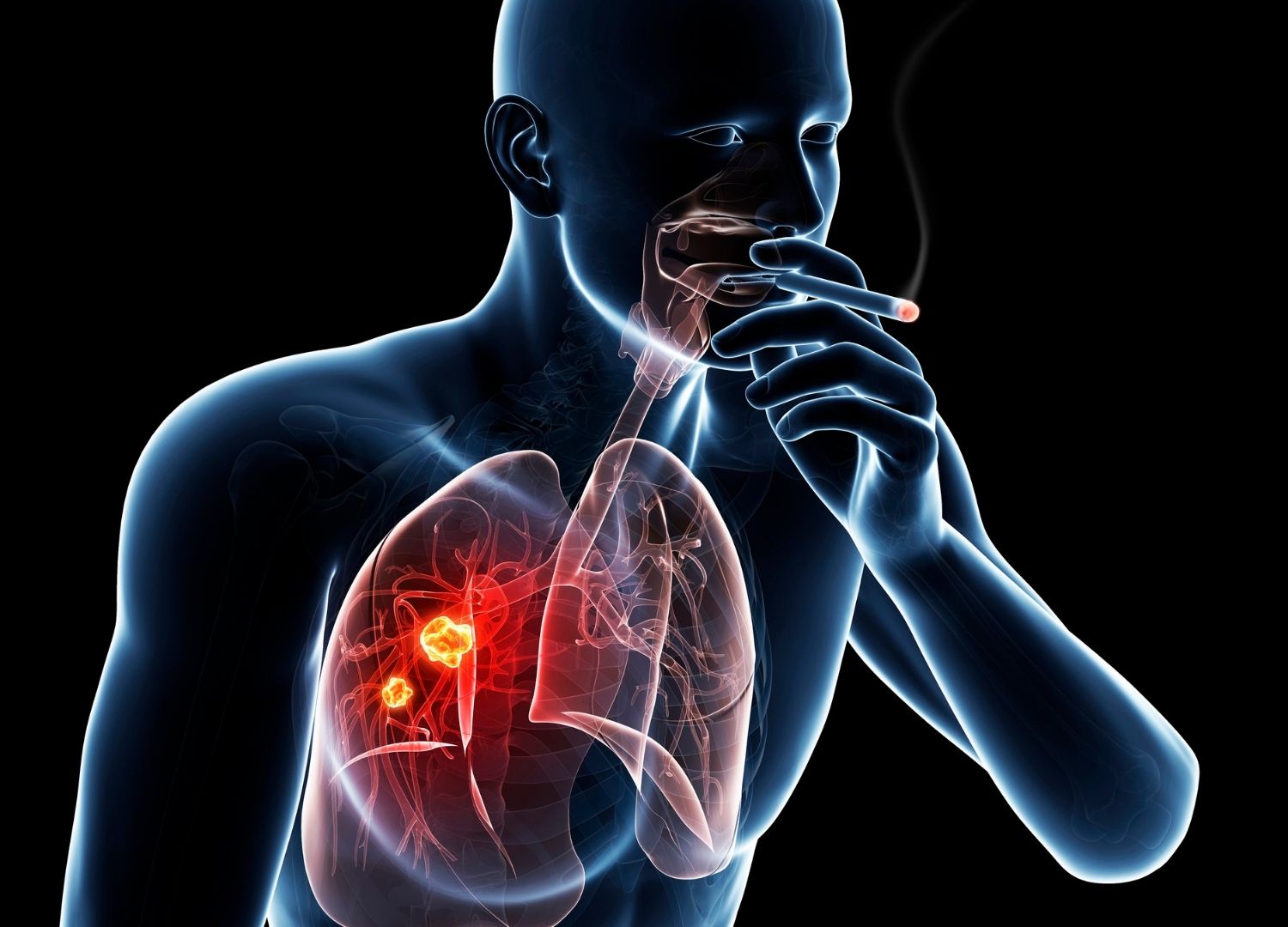
Lung cancer remains one of the leading causes of death globally. Avoid smoking and exposure to tobacco smoke to lower your risk of this disease; remember, early detection and prompt treatment is the way to beat lung cancer.








